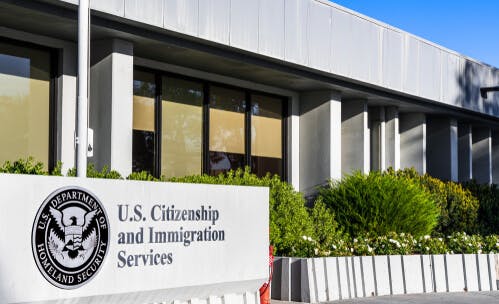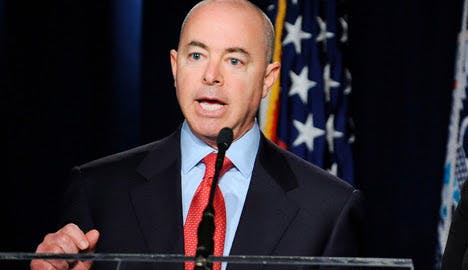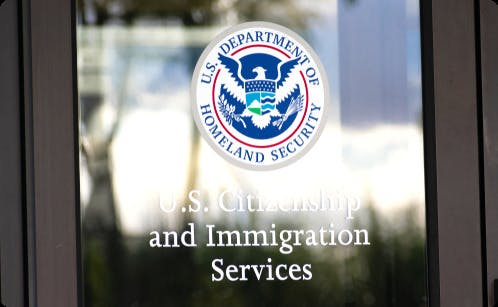On June 22, 2021, the U.S. District Court for the Northern District of California vacated the EB-5 Immigrant Investor Program Modernization Final Rule implemented on November 19, 2021. The court’s decision was based on the fact that the former Department of Homeland Security secretary “...was not properly serving in his position.”This brought the industry back to pre-Modernization regulations including the $500,000 minimum investment amount as well as the older and less restrictive Targeted Employment Area (TEA) requirements.While USCIS accepted this court decision and officially reverted back to the old regulations, the agency also said it would “consider this decision.”
The August 23rd appeal
On Aug. 23, 2021, USCIS filed a Notice of Appeal to challenge the June 22 court ruling. Of note, the government had 60 days to file and it took the full 60 days, suggesting such a decision was very carefully considered.The appeal will now be reviewed by a federal court of appeals.
The big news: no motion to stay was filed
It’s important to note USCIS did not file a motion to stay with the appeal. A motion to stay requires proof that imminent harm would occur because of the previous court ruling. If a stay were filed and approved by a court, this would temporarily stop the effects of the June 22 ruling: the Modernization Rule would go back into effect, including the $900,000 minimum investment amount.When the California District court made the June 22 ruling, the government originally requested a stay but was declined at the time. The court stated, “the government has made no specific showing of harm beyond asserting that it would be 'extraordinarily disruptive.'"Given that a court has already declined the earlier USCIS motion to stay, many industry stakeholders don’t expect USCIS to file a new motion to stay with its appeal. Even if USCIS did follow this unlikely route — and a new motion to stay were approved — such an order would not happen immediately and would require a month or two before taking effect.With no motion to stay filed, at least at the moment, this strongly suggests that the Immigration Service will continue to accept $500,000 EB-5 investments (with the Regional Center Program expired, only direct investments can qualify).
What are the possible outcomes of the appeal?
If the appeal is successful, the Modernization Rule would return — and so would $900,000 minimum investment amounts, among the other provisions (including TEA designation) of the regulation.Also, if the appeal is successful, most legal experts believe that it would not have retroactive effect. Immigration lawyer and former Acting Director of USCIS Robert Divine believes that EB-5 investors can feel confident making a direct investment right now at $500,000 until new regulations are implemented. Regarding the prospect of new regulations having retroactive application, Divine states that would not only be “surprising” but open to legal challenges.If the appeal is denied, the pre-Modernization Rule regulations will remain in effect — including $500,000 investments — until new regulations are enacted.
Timeline for an appeal
An appeal like this usually takes, at the minimum, six months; often times, such a decision might take a year or more.
Other means of raising the minimum investment amount
A successful appeal is not the only way USCIS could raise the EB-5 investment amounts. The agency could publish brand new regulations, before or after the court of appeals reaches a decision. If new regulations are properly implemented, there would likely be a public comment period of at least 60 days before the regulations would take effect.
Direct investing at $500,000 is alive and well
The Direct Program is permanent and is thus not affected by the expiry of the separate Regional Center Program. Therefore, while this legal drama plays out, and as many expect Congress to pass legislation in the fall that would increase the investment amounts, EB-5 direct investing remains a viable route for investors.If you’re seeking to invest while the $500,000 window remains open, or if you’re a lawyer representing potential investors, we encourage you to learn about your direct investment options. Discover our direct investments or call us for more information.Schedule a call with us now.
Disclaimer: This is not legal advice. You are advised to seek your own legal counsel.







